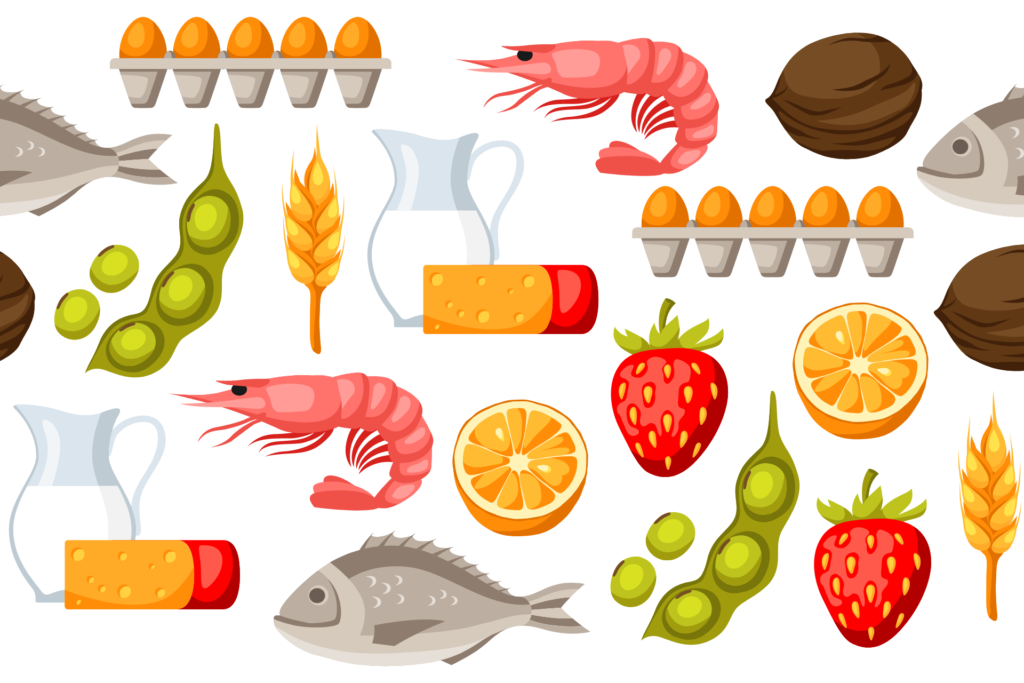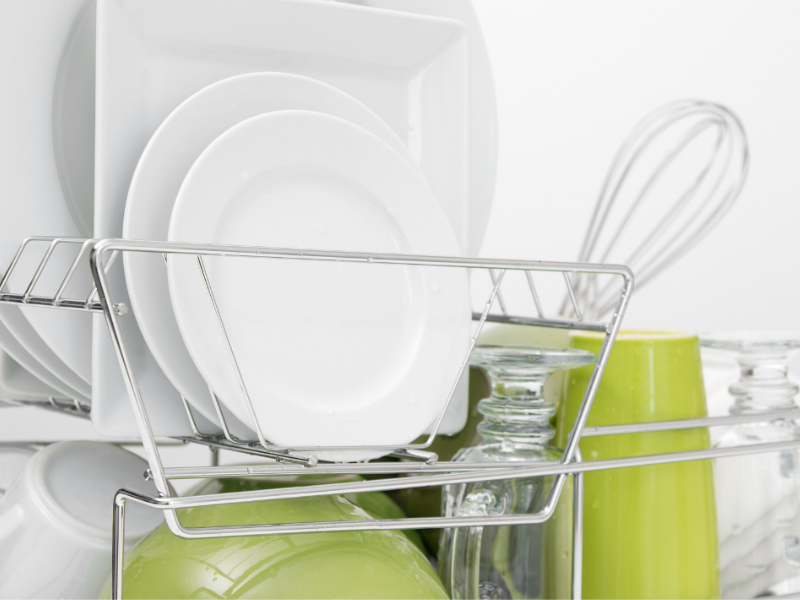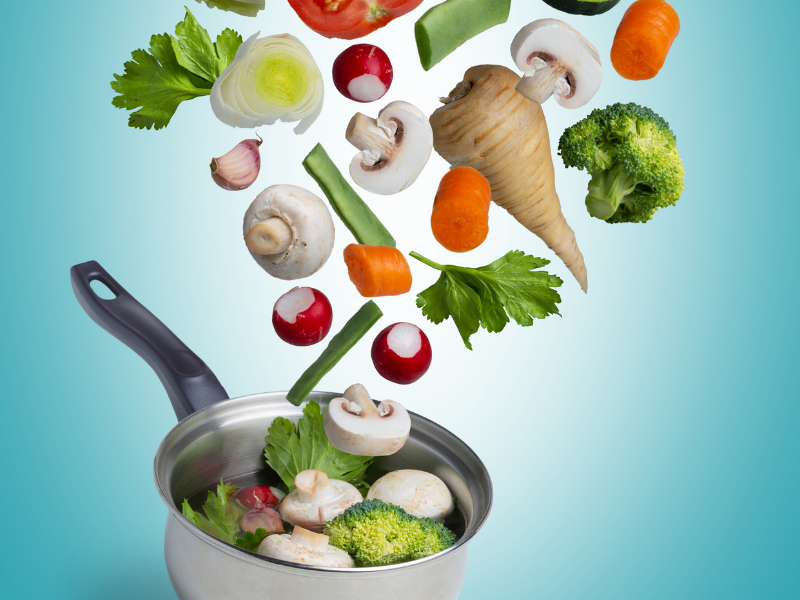The best way to deal with food allergies and sensitivities, of course, is to avoid those foods that cause reactions for you.
Sometimes that’s not possible, and you may become accidentally exposed to a food that causes unwelcome symptoms. Avoiding allergens is easiest with some proven strategies to follow. Like these:
1. Read your food labels carefully.
To help you avoid foods that you react to, most pre-packaged foods must clearly identify if they contain any of the major food allergens (or contain the immune-triggering protein of the major food allergens).
The 9 major food allergens in the United States are fish, milk, eggs, soy, wheat, sesame, shellfish, tree nuts, and peanuts.
In the United States, foods are labeled by 2 separate organizations. The USDA and the FDA.
The USDA labels meat, eggs, milk, and poultry.
The FDA labels all other foods.
The “Contains” Statement
The FDA food labeling laws are much more strict and require the manufacturer to include on the label if the food contains any ingredients from the 9 most common allergens (listed above) in what is called a “contains” statement.
The USDA does not have this requirement, but many of their manufacturers voluntarily offer this information.
In reading the food label, you’re looking for the ingredients that you are particularly sensitive and/or allergic to.
So if you have a sensitivity or allergy to eggs, you want to look for “contains” eggs.
If you need help understanding the difference between an allergy and an intolerance or sensitivity – just know that there are distinct differences and you can read more about that here.
2. Wash
Wash to prevent accidental cross-contamination.
Wash:
- Hands
- Surfaces, such as tabletops, countertops and cutting boards
- Dishes
- Utensils, paying special attention to hard to clean implements like pizza cutters, whisks, rolling pins, and mesh pasta strainers
- Small appliances, like waffle irons and the air fryer basket
Wash them well with soap and plenty of hot water.
3. Confirm
If you’re eating out, confirm whether the meal is free from the food you’re allergic to before placing your order. This is super important and will make your life (and body!) much more comfortable.
Keep in mind it’s absolutely ok to ask to read the label of the ingredients in the restaurant kitchen.
Another great method is to do a little research before you go out to eat. Some restaurants have chefs that specialize in certain food prep. For example, a chef that has a daughter with celiac disease totally understands and is competent at gluten free cooking.
4. Check the labels or ask your pharmacist
Food allergens may also be added to certain medications and cosmetics, so check those labels or ask your pharmacist before purchasing.
As you’re shopping in Health and Beauty, read labels. If the store has a pharmacist, they can often be helpful.
5. Initiate treatment immediately and go to the emergency room
The FDA says that “Persons with a known food allergy who begin experiencing symptoms while, or after eating a food should initiate treatment immediately, and go to a nearby emergency room if symptoms progress.”
Take this information seriously and follow it. Food allergies can be life threatening.
6. Carry an epinephrine auto-injector in case of accidental exposure
If you have had a serious anaphylactic reaction, it’s important to carry an epinephrine auto-injector in case of accidental exposure.
This is a lifesaving medication that can help maintain your blood pressure and restore your ability to breathe.
You can ask your pharmacist whether a prescription from a medical doctor is needed. Keep in mind that these auto-injectors have an expiration date and become less effective as the date approaches. Be sure to learn how to use it properly and replace it as it reaches the expiration date.
7. Consider wearing a medical alert bracelet
Anaphylaxis is a condition for which you may consider wearing a medical alert bracelet or necklace.
By wearing a medical alert, you allow others to more quickly know exactly how to best help you when you need it.
8. For lactose intolerance – Consume with the lactase enzyme
If you have a lactose intolerance, it may be helpful to know that all milk products do not need to be strictly avoided if you follow at least one of the following 2 guidelines.
1. Those products are consumed with the lactase enzyme (available as a dietary supplement) or
2. The milk products have been pre-treated with the lactase enzyme (e.g., lactose-free milk).
These ensure that the lactose has already been broken down for you and should not cause symptoms of intolerance.
As a side note, cheeses tend to be lower in lactose. Cheddar, parmesan, and Swiss are very low in lactose, virtually lactose free.
If you believe that you may have a food allergy or sensitivity see your healthcare provider to discuss getting tested. This diagnosis must be made through testing. Go here to read more about how to know the difference between a food intolerance and a food allergy.
The Bottom Line
Food allergies and sensitivities are increasingly common. There are several different kinds, and most are not serious or life-threatening. However, they all cause unwelcome symptoms. As a general rule, avoiding the offending foods is highly recommended. This post contains several essential tips on how to live with food allergies and sensitivities.
If you believe you have a serious food allergy, it’s critical that you see your healthcare provider to determine if you need to carry emergency medication for future exposures.
Want to learn to cook so you can enjoy your favorite foods without allergens? Check out Meals Made Easy, an online cooking course for new cooks, to learn how upping your game in the kitchen can help you live your best life.
References
Mayo Clinic. (n.d.). Lactose intolerance. Retrieved from https://www.mayoclinic.org/diseases-conditions/lactose-intolerance/symptoms-causes/syc-20374232
MedlinePlus. (2020, September 28). Anaphylaxis. Retrieved from https://medlineplus.gov/anaphylaxis.html
MedlinePlus. (2020, September 28). Food allergy. Retrieved from https://medlineplus.gov/foodallergy.html
Medscape. (2020, February 5). Food Allergies. Retrieved from https://emedicine.medscape.com/article/135959-overview#showall
National Institute of Allergy and Infectious Diseases. (2018, October 26). Identifying Causes of Food Allergy & Assessing Strategies for Prevention. Retrieved from https://www.niaid.nih.gov/diseases-conditions/food-allergy-causes-prevention
National Institute of Allergy and Infectious Diseases. (2019, September 11). Treatment for Living With Food Allergy. Retrieved from https://www.niaid.nih.gov/diseases-conditions/treatment-living-food-allergy
National Institute of Allergy and Infectious Diseases. (2018, October 25). Characterizing Food Allergy & Addressing Related Disorders. Retrieved from https://www.niaid.nih.gov/diseases-conditions/food-allergy-characterizing
NIH News in Health. (2017, March). Understanding Food Allergies. Retrieved from https://newsinhealth.nih.gov/2017/03/understanding-food-allergies
United States Food and Drug Administration. (2018, September 26). What You Need to Know about Food Allergies. Retrieved from https://www.fda.gov/food/buy-store-serve-safe-food/what-you-need-know-about-food-allergies



